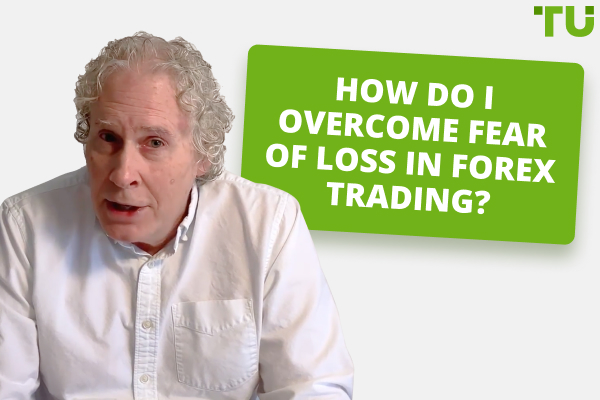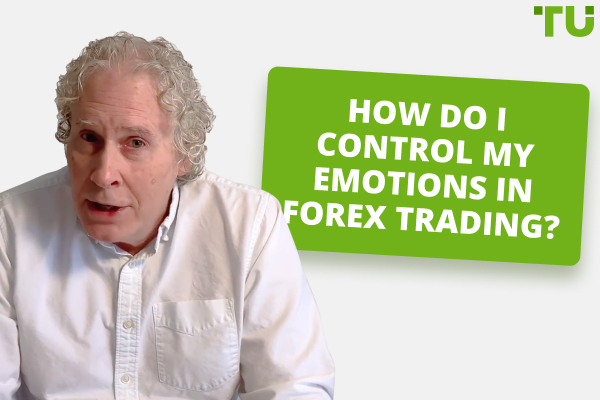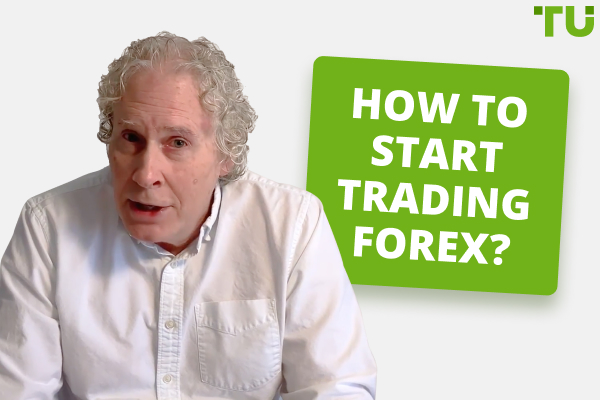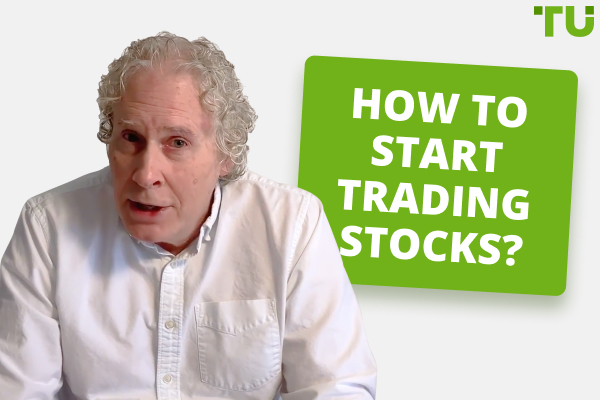Steps to Test and Optimize Your Forex Trading Strategy
To test and optimize your Forex trading strategy, you should understand it, implement proper risk management, and learn feedback from other experienced traders.
How do I test and optimize my Forex trading strategy?
Testing and optimizing your Forex trading strategy is essential for success in the Forex market. Here's a beginner-friendly guide to help you refine your approach and improve your trading results.
1 Understand your strategy
Start by thoroughly understanding your trading strategy. Define your entry and exit rules, risk management parameters, and the indicators or patterns you use to make trading decisions.
2 Backtesting
Backtesting entails testing your trading strategy using historical market data to evaluate its past performance. Use backtesting software or trading platforms that offer this feature to analyze the effectiveness of your strategy over different market conditions.
3 Forward testing
Once you're satisfied with the results of your backtesting, proceed to forward testing. Implement your strategy in real-time market conditions with a demo trading account. Monitor its performance and make any required adjustments accordingly.
4 Optimization
Continuously optimize your trading strategy based on the results of your testing. Fine-tune parameters such as stop-loss and take-profit levels, entry and exit criteria, and the selection of indicators to improve profitability and reduce risk.
5 Risk management
Incorporate effective risk management techniques to safeguard your capital during trading. Set realistic risk-reward ratios, use stop-loss orders, and avoid overleveraging to minimize losses and preserve your trading account.
6 Evaluate and adapt
Regularly evaluate the performance of your trading strategy and be prepared to adapt to changing market conditions. Stay informed about economic news, geopolitical events, and other factors that may impact currency prices.
7 Learn feedback
Consider seeking feedback from experienced traders or joining trading communities to gain insights and perspectives on your strategy. Engaging with others can help you identify blind spots and areas for improvement.
Conclusion
Testing and optimizing your Forex trading strategy is an ongoing process that requires patience and dedication. By adhering to these steps and consistently improving your strategy, you can enhance your prospects for success in the Forex market.
Crafted with expertise by Johnathan Maverick, a seasoned financial journalist and editor at Traders Union, this guide provides valuable insights for beginners seeking to improve their Forex trading strategies.
Financial Markets Expert
Glossary for novice traders
-
1
Trading
Trading involves the act of buying and selling financial assets like stocks, currencies, or commodities with the intention of profiting from market price fluctuations. Traders employ various strategies, analysis techniques, and risk management practices to make informed decisions and optimize their chances of success in the financial markets.
-
2
Forex Trading
Forex trading, short for foreign exchange trading, is the practice of buying and selling currencies in the global foreign exchange market with the aim of profiting from fluctuations in exchange rates. Traders speculate on whether one currency will rise or fall in value relative to another currency and make trading decisions accordingly.
-
3
Broker
A broker is a legal entity or individual that performs as an intermediary when making trades in the financial markets. Private investors cannot trade without a broker, since only brokers can execute trades on the exchanges.
-
4
Backtesting
Backtesting is the process of testing a trading strategy on historical data. It allows you to evaluate the strategy's performance in the past and identify its potential risks and benefits.
-
5
Risk Management
Risk management is a risk management model that involves controlling potential losses while maximizing profits. The main risk management tools are stop loss, take profit, calculation of position volume taking into account leverage and pip value.
Team that worked on the article
Johnathan M. is a U.S.-based writer and investor, a contributor to the Traders Union website. His two primary areas of expertise include finance and investing (specifically, forex and commodity trading) and religion/spirituality/meditation.
His experience includes writing articles for Investopedia.com, being the head writer for the Steve Pomeranz Show, a personal finance radio program on NPR. Johnathan is also an active currency (forex) trader, with over 20 years of investing experience.







